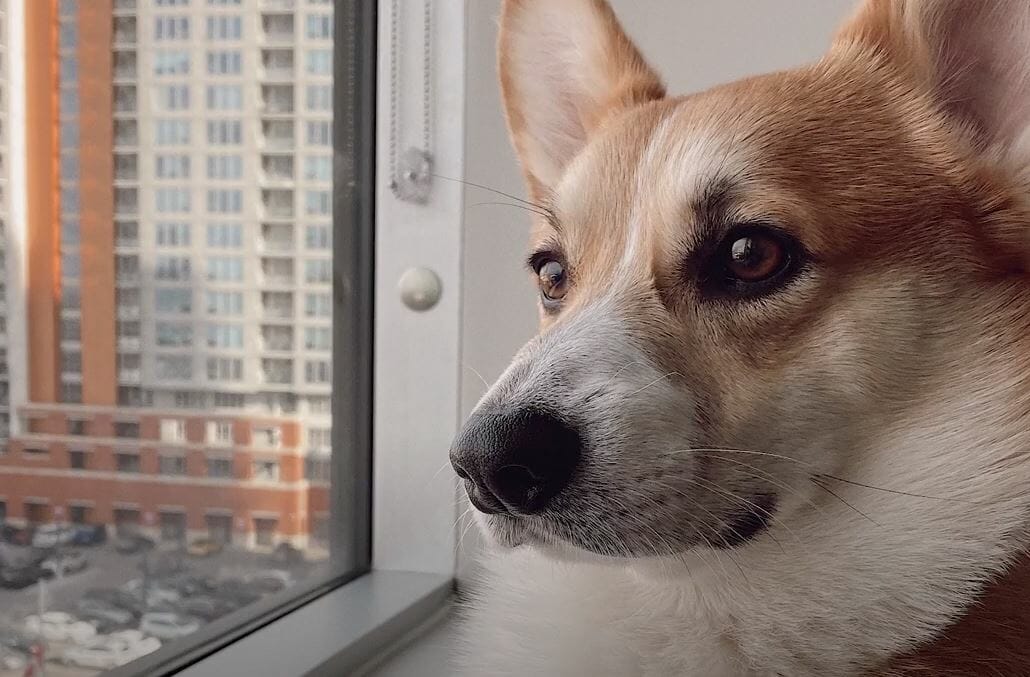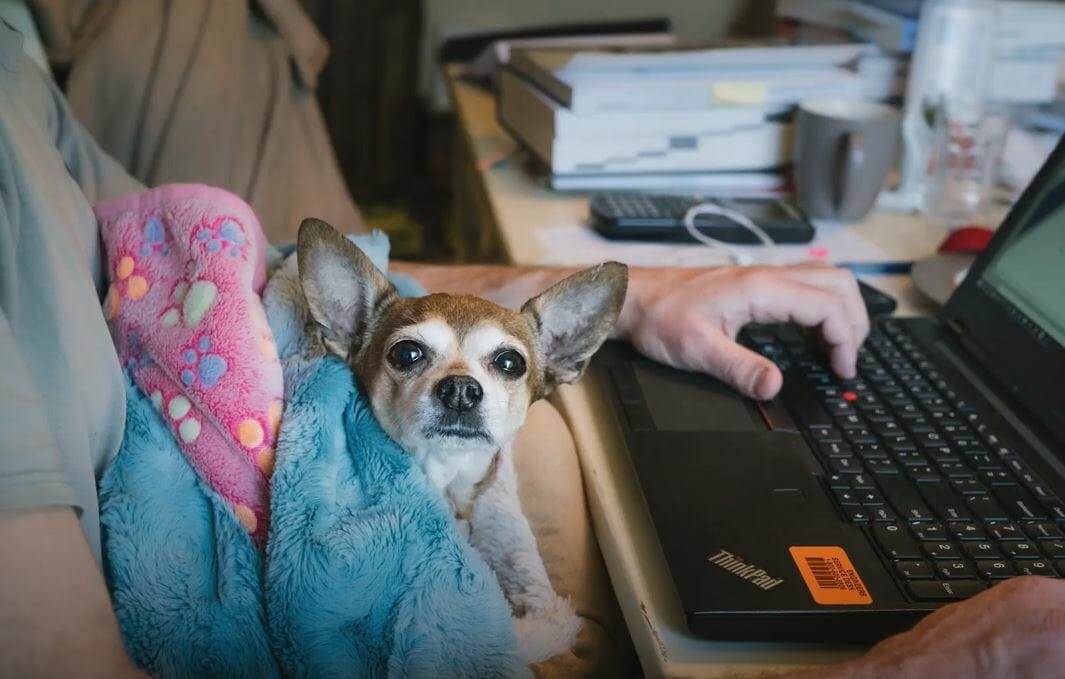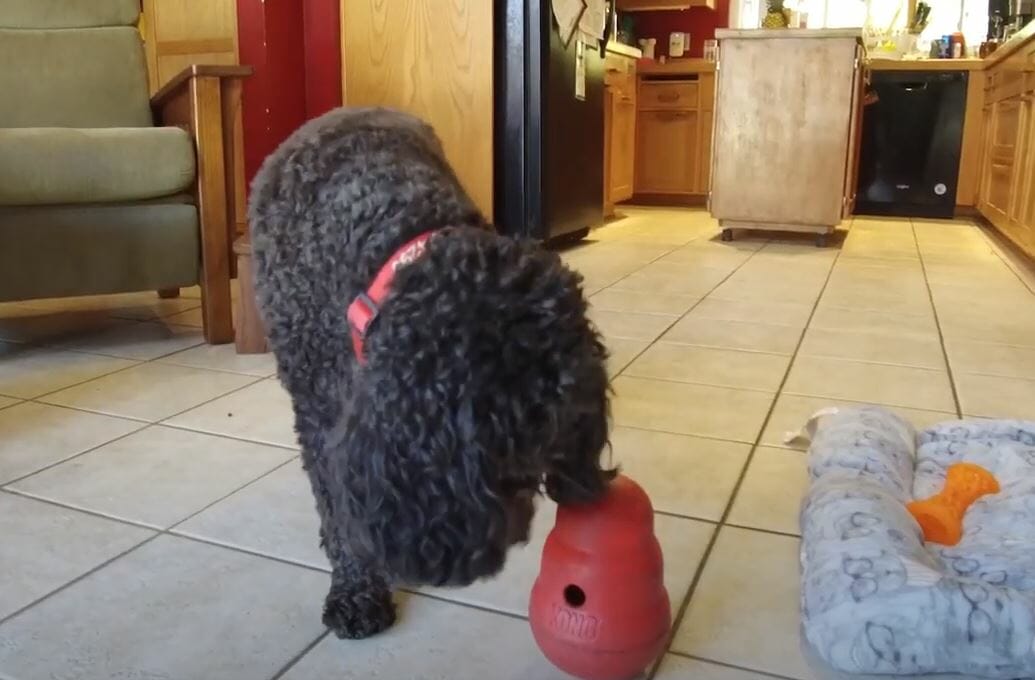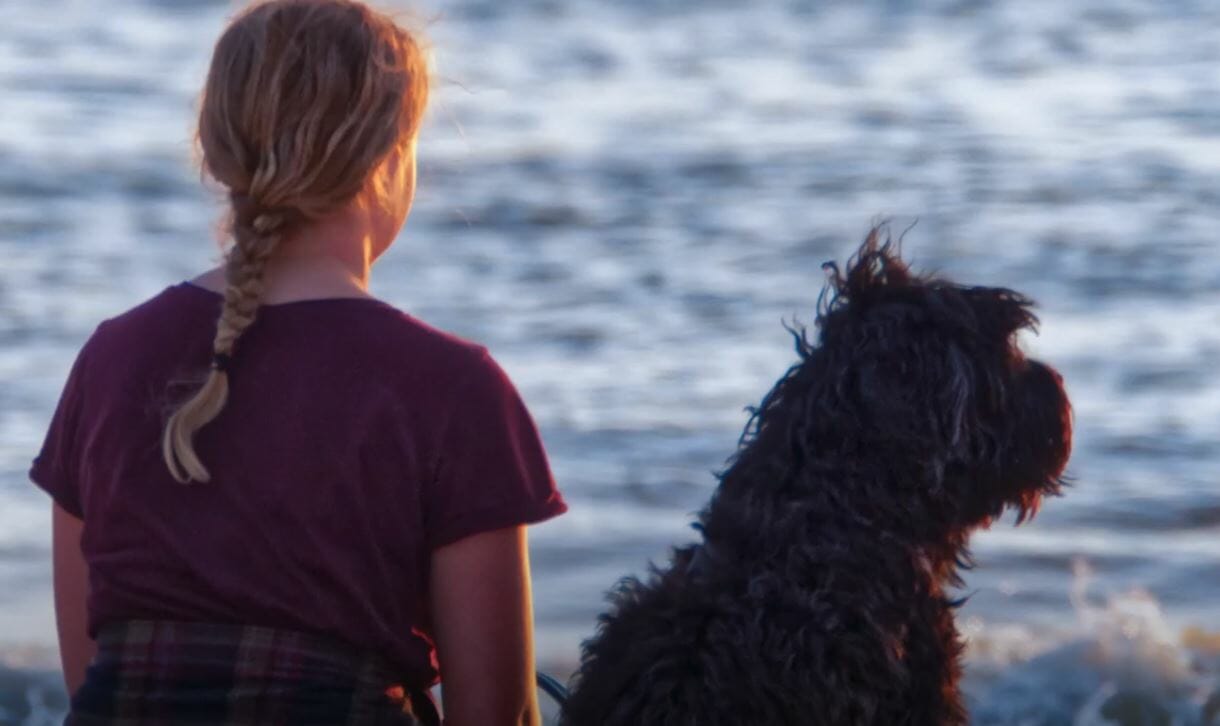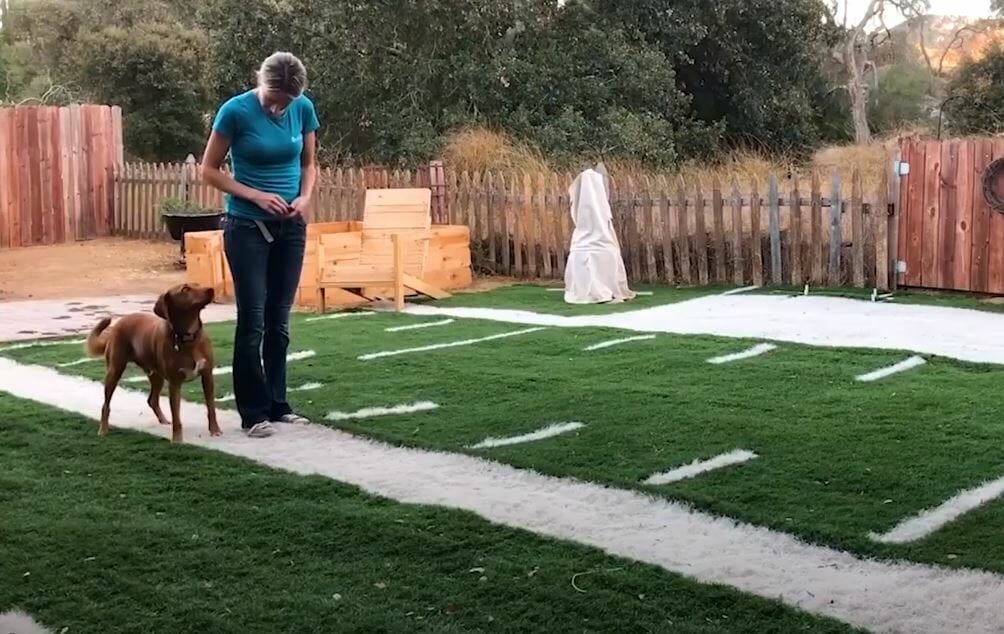In March 2020, Americans began to shelter in place and work from home, quickly gaining some new canine colleagues. Dogs have no doubt enjoyed the extra love and attention as they’ve spent more time with their families.
Alyssa Rose, certified professional dog trainer and behavior specialist of Legends Dog Training, gives tips on how to avoid dog separation anxiety as we transition back to work and school.
Overall, dogs have probably enjoyed having us home more often throughout the pandemic. They may have gone on more walks or gotten more playtime in the yard. But some dogs reportedly got frustrated with their owners for spending a lot of time on the computer which caused more barking because they demanded attention.
As we know, dogs are very social creatures. So if they’ve been accustomed to going more places with people, they’re going to be disappointed when they realize their human is getting ready to head out the door without them.
According to the University of Illinois College of Veterinary Medicine, dog separation anxiety is a common behavior disorder affecting 20 – 40 percent of dogs presented to veterinary behavior specialists.
Signs of stress in dogs can be more noticeable such as excessive barking, destructive behavior, and urinating or defalcating inside the house even if they were previously potty trained.
There could be more subtle signs though. Some dogs might seem on high alert while others just seem really hyperactive when anyone comes back in the door. Many times these are signs that the dog was stressed when they were home alone.
Start feeding your dog with a food toy every day.
Rose suggests feeding your dog with a food toy, such as a Kong. It comes in different sizes and you can stuff it with meaty food, dry food or treats. You can put the toy in the freezer as well.
Get your dog accustomed to eating out of a food toy each morning. That way, when you start going back to work, you can give the food toy to them right before you leave the house.
Start by introducing it as a normal part of your dog’s routine. Give it to them potentially with shorter departures first – if you have to go outside to water your plants, take out the trash or go to the corner store, these could be good times to give your dog the food toy.
Use sound therapy to make your dog feel more calm.
There are plenty of great calming sounds on YouTube like the sound of waves crashing on the beach or rain falling. You can start to pair those sounds and create an association, for example, when your dog is sleeping at night.
Your pup will learn to feel more rested and relaxed when hearing these sounds. Start by playing them at night. Then begin to incorporate the sounds into times when you leave the house. You may be able to help decrease dog separation anxiety with this association.
Try nature therapy to help your dog better cope with stress.
Taking your dog outdoors routinely to a nice, quiet nature trail can be beneficial. Research has shown it can have a real calming effect on dogs, and it can help them better cope with stressful situations like when we do have to leave them alone for long periods of time.
Make sure the time you spend with your dog is quality time. Other great activities along with nature walks are training exercises. You can even involve the kids by playing games like hide and seek or doing search games with the dog.
Contact a professional trainer to work with you and your dog.
Treat signs of anxiety early. If you notice too much barking or destructive behavior, contact a trainer who specializes in creating programs to help desensitize and counter-condition your dog to those departures.
Stay away from quick fixes like bark collars or punishing your dog if they have an accident while alone. These things can actually add more stress to the situation and make dog separation anxiety worse. Get to the root of the problem and help your dog feel calmer and more comfortable when they’re by themselves.
Online dog training is an excellent option because it allows people to do training in the comfort of their own home where the dog is usually the most focused.
Dog owners also seem to process the information more effectively because there aren’t as many distractions around them. And training can create calm, positive associations with your living space for your dog which is really important when it comes to separation anxiety.
Remember to focus on calming exercises. The food toys are great because chewing, licking and gnawing can be natural stress relievers for dogs. If you don’t have a food toy, scatter some of your dog’s favorite treats into the crevices of a blanket pushed together. This will encourage your dog to scent and search for the food.
When it’s time for us to go back to the office, our dogs will certainly need extra TLC during the transition. The adjustment will be harder for some dogs than others. We will miss our best friends while we’re at work too. But on the bright side, we have options to help them better cope with our absence.


